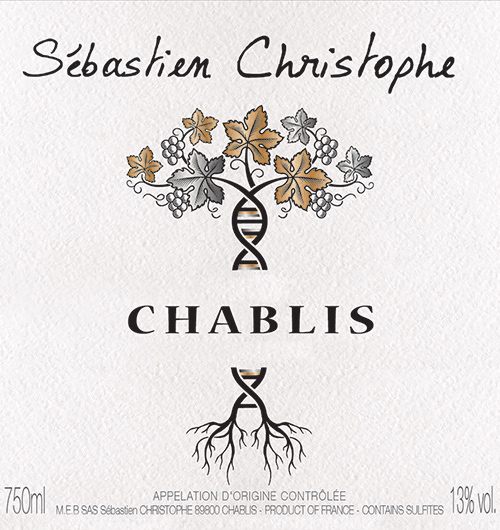
Store:
Chablis (375mL Half-Bottle) Domaine Sébastien Christophe 2023 DE
$20.00

If you want to shop from one of our other locations shown below, your current shopping cart will be cleared - you may only shop and checkout from a single location at a time.
Don't Change StoreFor in-store pickup from our Pennsauken, NJ shop (10 minutes from Center City Philadelphia), or delivery to New Jersey addresses.
For in-store pickup from our Wilmington, DE shop.
For delivery to your door in NY, PA, DC, CT and 32 additional states, or in-store pickup from our Industry City Brooklyn shop.